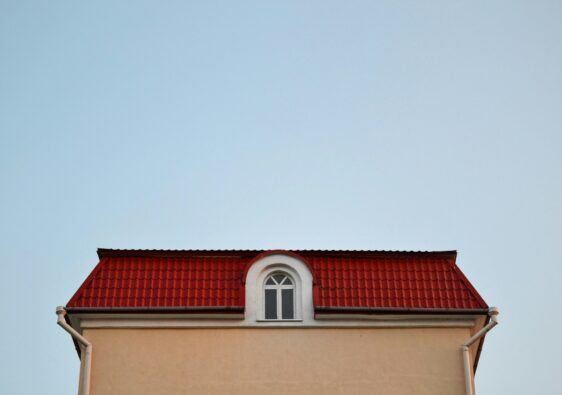If you’re building a new home, you want to ensure that it will last for decades to come. And if you’re remodeling an existing home, you may be wondering how you can have it ready for the future.
The truth is that you always want to be prepared regardless of the home you have. And with the way that technology is advancing, your new home or your remodeled home must be self sustaining.
There are several things that you can incorporate into your home that will help it be sustainable. Keep reading to find out more about self sustaining homes and how to build your home to meet that standard.
Designing With Efficiency in Mind
Designing self sustaining homes with efficiency in mind is a great way to reduce your environmental impact. Here are some key considerations and strategies to keep in mind when planning and building your sustainable home:
Passive Solar Design
One fundamental aspect of self sustaining home design is harnessing the power of the sun. Strategically position windows and use thermal mass materials. Doing so can create a passive solar design. This maximizes natural heating and lighting, reducing the need for artificial sources.
Energy-Efficient Appliances
Investing in energy-efficient appliances can significantly lower your home’s energy consumption. Look for the ENERGY STAR label when purchasing appliances, which signifies their high energy efficiency standards.
Proper Insulation
Good insulation is key to maintaining a comfortable temperature in your home without over-relying on heating or cooling systems. Insulate your walls, floors, and attic to prevent heat loss in the winter and keep your home cool in the summer.
Harnessing Renewable Energy
Utilizing renewable energy is an excellent way to reduce your environmental impact and lower energy costs in the long run. Here are some key considerations and strategies for creating such a home:
Solar Panels
Solar panels are a cornerstone of self sustainable homes. They generate electricity for the sun, reducing or even eliminating your dependence on the grid. With advancements in technology, solar panels are more efficient and affordable than ever before.
Wind Turbines
In regions with consistent wind, installing a wind turbine can generate clean energy. While this may not be feasible for every home, it’s worth exploring if you live in a windy area.
Efficient Waste Management
Building sustainable homes with efficient waste management is crucial to reducing your environmental footprint and promoting a more eco-friendly lifestyle. Here’s how you can achieve this:
Reduce Waste Generation
Design the home to be the right size for your needs, avoiding excessive space that may lead to unnecessary consumption. Choose durable and long-lasting materials to reduce the need for replacements. Opt for modular construction techniques to minimize construction waste.
Regular Maintenance
Maintain your waste management systems regularly to ensure they function efficiently. Review your home’s waste management system including septic tanks. This will help identify areas for improvement.
To guarantee proper maintenance be sure to get a professional to do the dirty job for you. Click here for septic tank services and more.
Building Self Sustaining Homes for a Greener Tomorrow
Self sustaining homes are becoming the future of energy-efficient construction. They are becoming easier to build and design than ever. With the many different advances in technology, self sustaining homes can now be accessible to more people. Get started with your self sustaining home and begin living a more sustainable future today!
If you enjoyed this article and would like to read more like this, check out the rest of our blog page right now.



